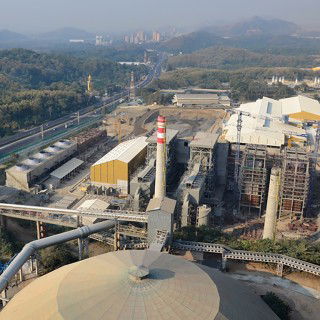
Temperature monitoring
As cement plants aim for higher alternative fuel thermal substitution rates, close temperature mo...

Cement production is a significant CO2 emissions source, yet its cementitious product materials act as carbon sinks, with ambient CO2 captured in its uncarbonated CaO molecules. Cemex and ITESM propose a methodology for quantifying recarbonation in cementitious materials to mitigate CO2 emissions and climate change. In this article, spectrographic and physical-chemical analyses are presented to determine the composition of the specimens used, including their carbon fraction, which is related to CO2 content in the samples through time. By Enrique de Hoyos Guajardo and Ana Yulissa Angulo Elizalde, Cemex, Mexico, and María Gabriela Ortiz Martínez, Natalia Cortés Castellanos, Daniela Anaya Trejo and Arturo Ávila López, ITESM, Mexico

GBP£220 / USD$315 / EUR€260 annually
Our editors pick the top news delivered to your inbox. Sign-up today!